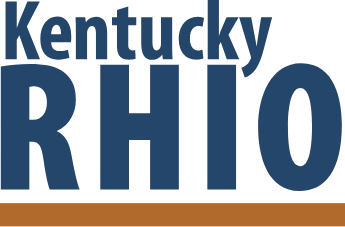With the recent release of Medicare’s 2018 Physician Fee Schedule (PFS), the Centers for Medicare & Medicaid Services (CMS) announced changes that could significantly impact telehealth.
Not only has Medicare added new CPT codes to telehealth’s list of approved codes, but they have also made it easier to get reimbursed for remote patient monitoring services. Broadening the scope of services eligible for reimbursement may help accelerate the adoption of telehealth technology and improve the health of patients in rural areas and beyond.
Remote patient monitoring (RPM) enables healthcare providers to monitor patients outside of traditional healthcare settings through the use of technology. Devices gather patient data that is then transmitted back to the provider for review and analysis, giving clinicians the opportunity to see what is happening with their patient’s health on a daily basis. Weight, blood pressure, glucose levels and exercise habits are just a few of the things that can be monitored. This constant stream of data provides a clearer picture of the patient’s health and can lead to better healthcare decisions, improving quality of care.
RPM can also improve patient compliance by increasing patient engagement. Patients who are actively engaged in their own care are more likely to follow recommendations, especially when they know they are going to be monitored and held accountable. Many RPM devices resemble mobile devices people are already familiar with, making it even easier for the patient to participate and get involved.
This all sounds great, but one barrier to widespread RPM adoption has been reimbursement – no matter how beneficial a service is, if a provider cannot get paid for it, many times they cannot afford to provide it. Beginning in 2018, CMS will take the first step in recognizing RPM as a separately payable service. By unbundling CPT code 99091, CMS will allow providers to get reimbursed separately for time spent on collection and interpretation of health data that is generated by a patient remotely, digitally stored and transmitted to the provider, at a minimum of 30 minutes of time. Providers can bill this code once per 30-day period per patient.
RPM services must be initiated in a face-to-face visit within one year prior to billing code 99091 and requires advance beneficiary consent documented in the patient’s medical record. The code is NOT subject to any of the restrictions on originating sites or technology that telehealth is subject to, which allows more flexibility and accessibility. Additionally, the code can be billed in conjunction with chronic care management codes 99487-99490, transitional care management codes 99495 and 99496, and behavioral health integration codes 99492-99494 and 99484.
In addition to expanding access to RPM, the 2018 PFS will also add new telehealth services through seven newly approved codes. These include:
- HCPCS code G0296 – Counseling visit to discuss need for lung cancer screening using low dose CT scan
- CPT codes 90839 and 90840 – Psychotherapy for crisis, first 60 minutes; and psychotherapy for crisis, each additional 30 minutes.
- CPT code 90785 – Interactive complexity
- CPT codes 96160 and 96161 – Administration of patient-focused health risk assessment instrument with scoring and documentation, per standardized instrument; and administration of caregiver-focused health risk assessment instrument for the benefit of the patient with scoring and documentation, per standardized instrument
- HCPCS code G0506 – Comprehensive assessment of and care planning for patients requiring chronic care management services
Currently, when telehealth providers bill professional fees to Medicare, they must attach a GT modifier to the appropriate CPT code and bill with a place of service: 2 code. In 2018, this will change for everyone except distant site practitioners billing under CAH Method II. Distant site practitioners will no longer need to append the CPT code with the GT modifier.
In the push for the transition to value-based care, these policy updates will make it easier for providers to adapt and integrate innovative technologies to improve patient care.
